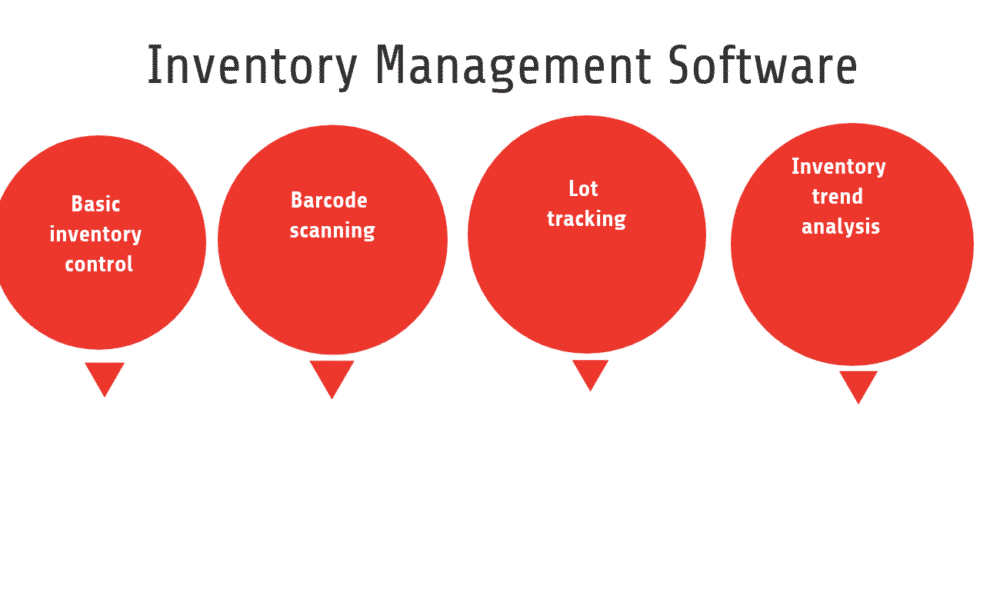Effective inventory management is crucial for the success of retail businesses. Traditional methods of managing inventory using shelves and manual tracking have several limitations that hamper efficiency and accuracy. However, with the rise of digital inventory management systems, retailers are now able to streamline their inventory processes, handle stock levels more accurately, and make informed decisions. In this blog post, we will explore the transition from traditional shelves to digital dashboards and how they can unleash the potential of retail inventory management.
Traditional Retail Inventory Management
Traditional retail inventory management primarily relied on shelves and manual tracking, which had several challenges. Shelf-based systems made it difficult to obtain accurate real-time data on stock levels and locations, leading to inefficiencies and increased risks of stockouts or overstocking. The manual tracking process was time-consuming and prone to human errors, resulting in inaccuracies in inventory data. These limitations hindered effective inventory management and impacted customer satisfaction.
The Rise of Digital Inventory Management Systems
The advent of digital inventory management systems revolutionized the retail industry by providing advanced tools and technologies to streamline inventory processes. These systems leverage technology to offer real-time visibility of stock levels, enabling retailers to monitor and manage their inventory more efficiently.
The benefits of digital inventory management systems include enhanced accuracy and reduced human errors, efficient order management and replenishment, and improved customer satisfaction through on-time fulfillment. By automating inventory tracking and analysis, retailers can optimize their stock levels, reduce carrying costs, and ensure seamless operations.
Transitioning to Digital Dashboards
Digital dashboards are the cornerstone of an effective digital inventory management system. These dashboards provide a centralized platform to monitor, analyze, and control inventory-related data. Retailers can visualize key metrics, such as stock levels, sales trends, and order fulfillment, in customizable reports and real-time analytics.
Image courtesy of www.linkedin.com via Google Images
Digital dashboards offer features like centralized data and analytics, customizable reporting and forecasting, automated alerts and notifications, and integration with other retail systems, such as point of sale (POS). With these functionalities, retailers gain a comprehensive overview of their inventory, empowering them to make data-driven decisions and respond proactively to changing market demands.
Implementing Digital Dashboards: Key Considerations
Implementing digital dashboards for inventory management requires careful planning and consideration. Retailers should follow a systematic approach to ensure a successful transition from traditional methods. Some key considerations include:
Data migration and system integration: Retailers need to migrate their existing inventory data to the digital dashboard system and ensure seamless integration with other retail systems (i.e., POS software, sales platforms, etc.). This step ensures accurate and up-to-date information across all systems.
Staff training and change management: Implementing digital dashboards requires proper training of employees to leverage the system’s features effectively. Change management strategies should be employed to ensure a smooth transition and to address any potential resistance from staff members.
Fine-tuning inventory control policies and processes: Retailers should reassess their inventory control policies and processes to align with the capabilities of the digital dashboard system. This may involve redefining stock reorder points, safety stock levels, and adjusting replenishment strategies to maximize efficiency.
During the implementation process, retailers may encounter concerns and challenges such as data security and privacy, cost-benefit analysis, and network connectivity issues. It is essential to address these concerns proactively and work closely with the digital inventory management system provider to mitigate any potential risks.
Success Stories: Case Studies
Several retailers have successfully transitioned from traditional shelves to digital dashboards and witnessed significant improvements in their inventory management processes.

Image courtesy of www.predictiveanalyticstoday.com via Google Images
For example, Retailer XYZ implemented a digital dashboard solution and achieved a 30% reduction in stockouts. The real-time visibility provided by the system allowed them to identify understocked items promptly and replenish them before it impacted customer satisfaction. As a result, their sales increased by 15% and operational costs reduced due to optimized inventory levels.
Another case study from Retailer ABC reported an 80% improvement in order fulfillment accuracy after adopting digital dashboards. The system’s automated alerts enabled them to manage stock levels efficiently, reducing manual errors and ensuring timely order fulfillment. Consequently, customer complaints related to incorrect deliveries decreased, leading to improved customer satisfaction.
Conclusion
The transition from traditional shelves to digital dashboards in retail inventory management offers numerous benefits. Retailers can unlock the potential of their inventory management processes by leveraging technology and embracing digital solutions. By implementing digital dashboards, retailers gain real-time visibility, enhanced accuracy, improved order management, and ultimately increase operational efficiency. It is crucial for retailers to explore the possibilities and benefits of digital inventory management solutions to thrive in today’s competitive retail landscape.




